RED SEA MAX
Started at 01-08-2007

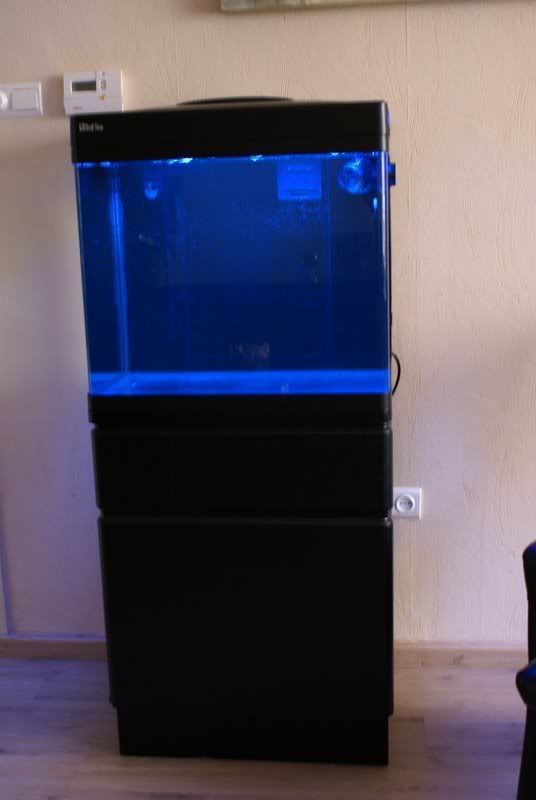
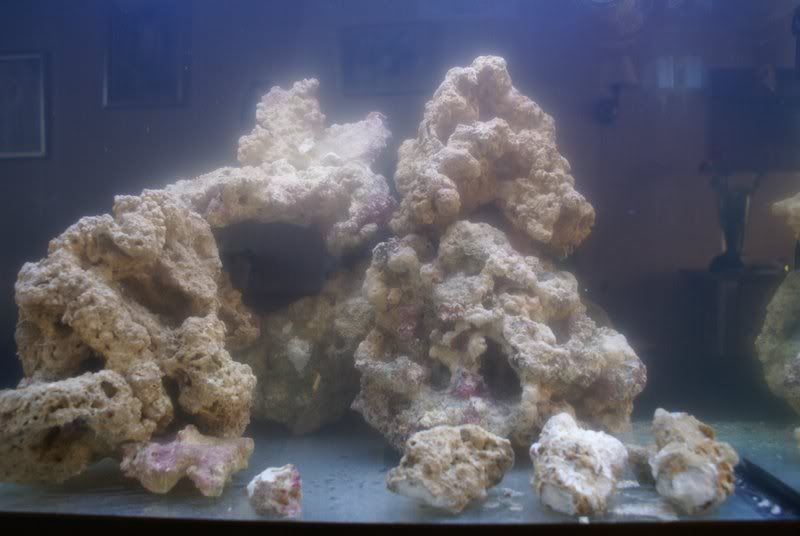
Here you can see a film of the Red Sea Max
Download brochure of the Red Sea Max
Total system volume
Total system volume 130 liters (34
gallons)
Aquarium volume 110 liters (29 gallons)
Filter volume 20 liters (5 gallons)
Aquarium length 610 mm (24")
Aquarium width 500 mm (19.7")
Aquarium height 500 mm (19.7")
Total height 612 mm (24.1")
Glass thickness 8 mm (5/16")
5 outlet power center
Course mechanical media
Fine mechanical media
Skimmer volume 3.8 liters (1 gallon)
Skimmer pump 1,200 lph (320 gph)
Collection cup volume 1.5 liters (0.4 gallon)
Circulation pumps 2 x 550 lph (2 x 145 gph)
Ceramic bio-media 2 liters (0.5 gallon)
Activated carbon 200 g (7 oz)
Fan cooled hood
Lighting - 10,000K 55W
Lighting Actinic 55W
Electronic ballast
LED moonlights
24 hour programmable timer
Thermostat heater 150W
Extra Tunze powerstream off 2500 lph
I also have 2 HAQOS Blue Moonlights 50 cm placed. This gives a marvelous effect in the evening
Just like my old tank I'm working with natural seawater from the Oosterschelde
Refresh 28 liter every 14 days
VISSEN enz. die zich momenteel in het aquarium bevinden.
1 Zebrasoma flavescens - Gele Zeilvindoktersvis
1 Halichoeres Chrysus - Cetroenlipvis of Kanarie lipvis
1 Cryptocentyrus cinctus - Gele symbiosegrondel
2 Amphiprion ocellaris - Driebands anemoonvis
2 Lysmata amboinensis - Poetsgarnaal
1 Hymenocera elegans - Harlekijngarnaal
1 Calcinus elegans - Blauwpootheremietkreeft
I have 20 kilo's of stone, I sorted out myself.
Lost water everyday about 1 liter
Because of the huge amount of replies I have a few tips for you!
☻ Always check the setup for your heater
☻ In the beginning I was busy coooling the water while it a ppeared that the heater was on! There was a mistake on the adjusted temperature of more than 4 degrees. After I calibrated it. there were no more problems te keep the aquarium on t emperature.
☻ Everytime you put your hands in the aquarium, the skimmer will stop for several hours.
☻ Also after feeding the skimmer will stop for several hours.
☻ Always try to do as much as possible at the same time, like cleaning the windows. replacing little stones that are moved because of the stream, putting back fallen corals and feeding.
☻ Clean the can of the skimmer a minimum of twice a week. After long time of expirements I found out that you can better clean the can on a daily base, the rendement will be a few times higher.
☻ Drill one or two holes of approx. 3 mm in the cover onf the skimmer, just to prevent overpressure.
☻ Remove all sponges, cotton wools, pipes or bioballs from the aquarium. Just only use the skimmer. Sponges, cottonwool and things like that keep holding dirt and will become nitrate-bombs.
☻ If you dicide to do use sponges or other filtermaterials, never clean them in fresh water. All bacterials will be killed then and will give an overdosis of nitrate in the aquarium. This also counts for those that are cleaning bottomstones in stead of replacing them by new ones. Always use salt water for t his!! The best thing you can do is to use the water that will be caught after replacement.
☻ Clean the hole skimmer at least once in the two months.
☻What I mean is: get the plug out of the socket and take the skimmer out of the aquarium. Release the pump and clean it, watch out that the airsupply is not obstructed or is getting obstructed, prick it if necessary. Let somebody with small hands clean the inside of the skimmer. Clean the department where the skimmer is in and suck up the dirt from the compartiment. The best moment to do all this is during refreshing the water.
☻ Pass over the feeding a few times a week and don't put your hands in the aquarium that day.
☻Stop the tune-up-pumps during the feeding, with the RSM pump 1 and 2 for about 15 minutes.
☻When you five deep frozen feed, let this defrost in a (artemia)sieve so the collingwater can nog get in the aquarium, because it contains quite an amount of phosphate.
☻ If you have problems with alga, the ones that show up in de evenings because of ton of bulles coming up from underneath, you may never ever brush it away. You have to suck it up with a small hose every evening. This will only work at the end of the light-day, it will come off in a minute. When you do this, catch up the water in a measuring can so you can add the same amount of salt water to the aquarium.
Stability of the saltpercentage is very important!
This also counts for the bottom. You might use a thicker hose. If you brush it, it might get verywhere in the aquarium and the problem is getting sorser than before.
Just hold on and you will see that after a while the alge will really been gone. During refreshing the water you can also suck off the stones with a hose, this will help too!
☻Make sure the refreshing water will have the same temperature as the water in the aquarium.
☻ Once you use natural seawater, you have to add 4 grams salt per liter and you have to let he water move around for at least two days.
☻If you buy shrimps, make sure that you make a little hole in the bag before opening it. If you don't do that, it might cause overpressure in the water and it will damage the 'airbladder'. The shrimps will sink to the bottom but will be dead a bit later.
If anybody had questions after reading above. . . please send me an email and I will be happy to help you out.
![]() The Kooling
The Kooling
![]()
For cooling I have chosen for ventilators, this works very good sofar.
in combination with an elektronic regulator
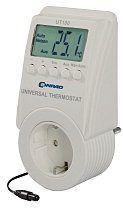
This all keeps my Red Sea on the right temperatur.
* * * * * * * * * * * *
Here the foto's I have taken sofare
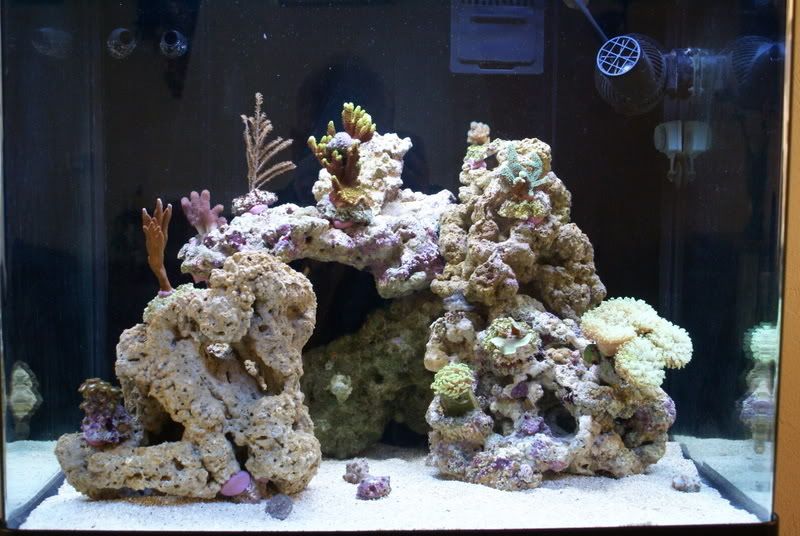
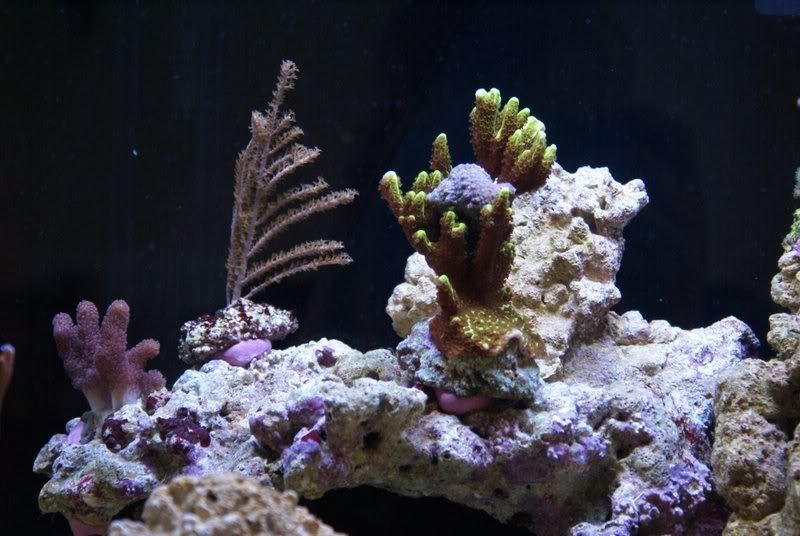
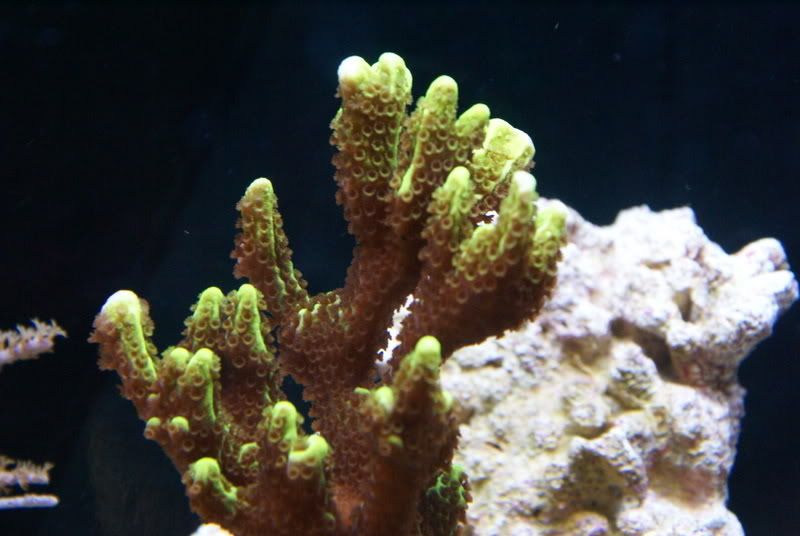


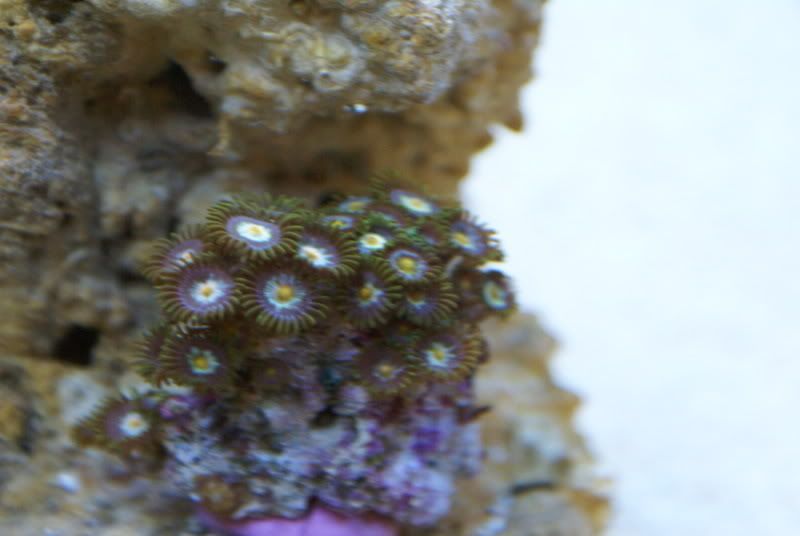
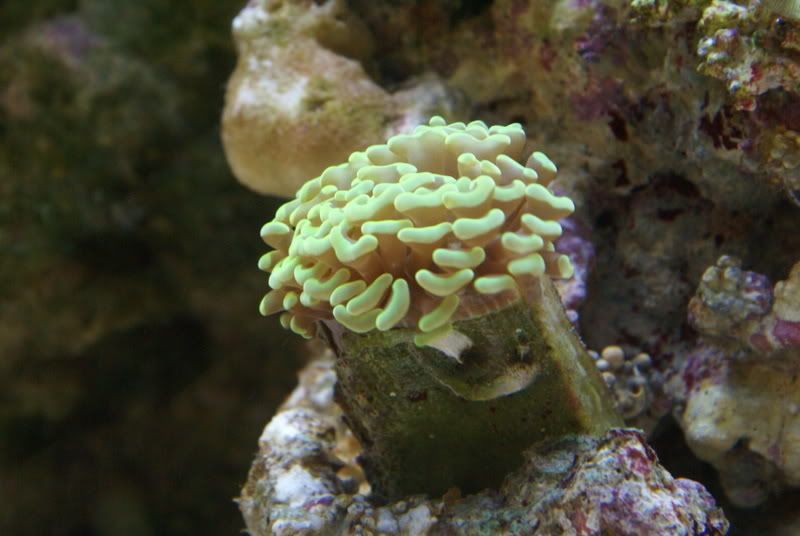
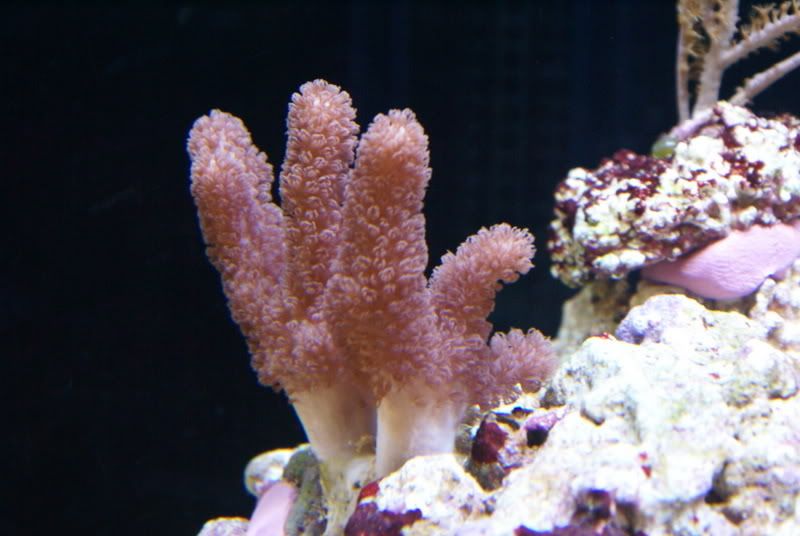
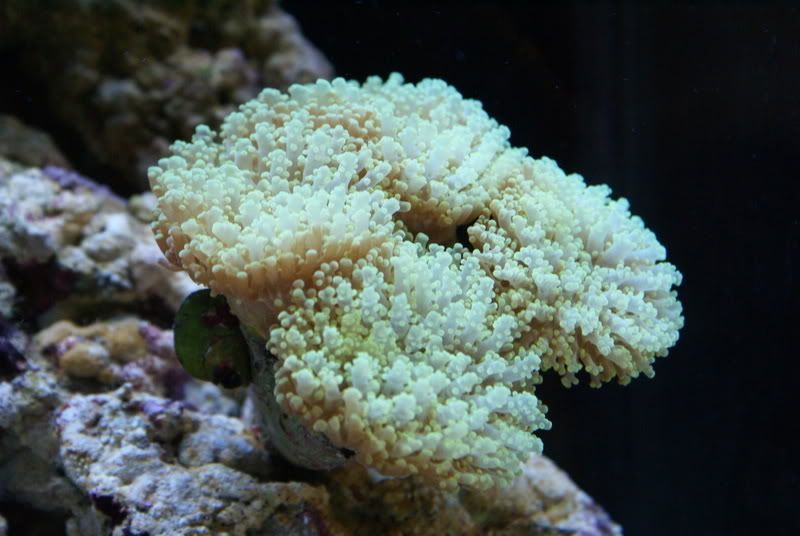
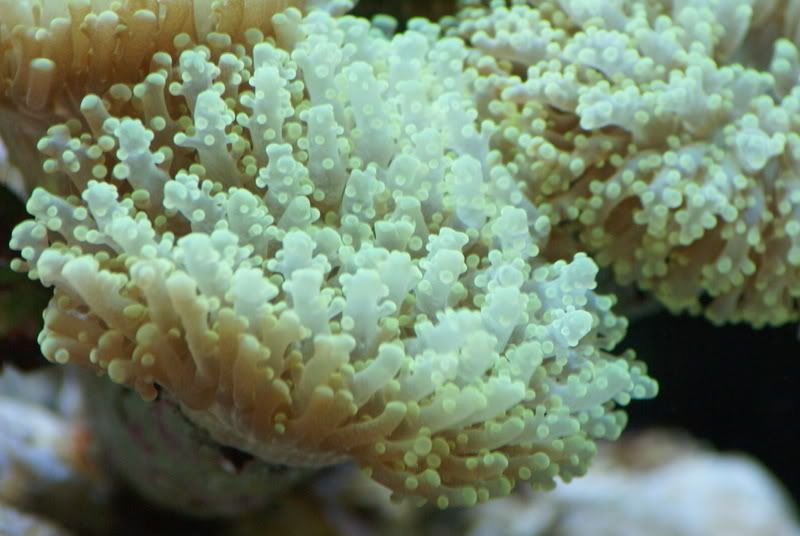
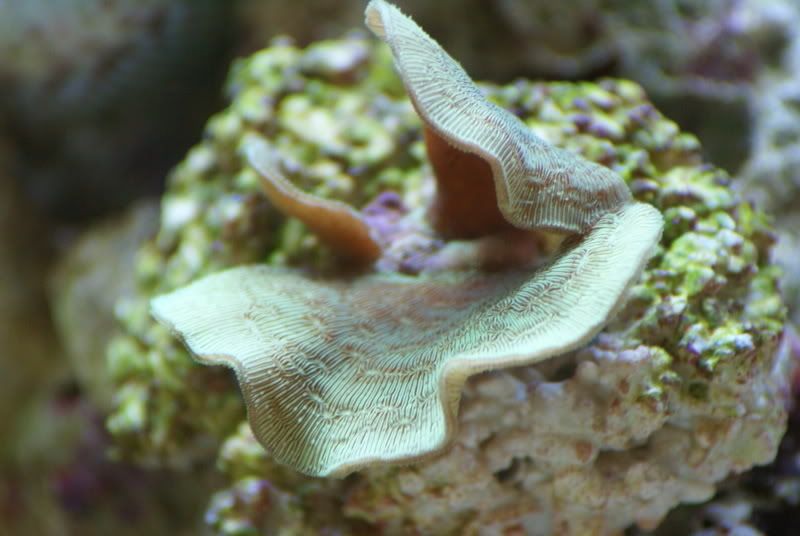
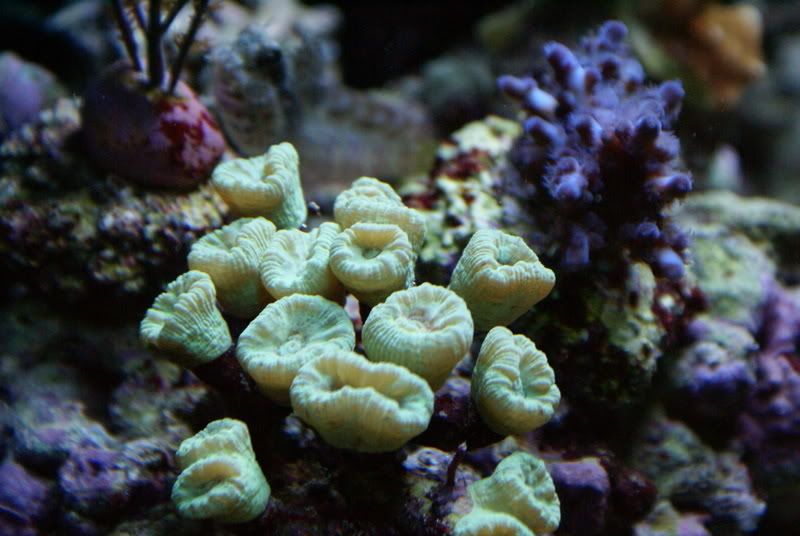
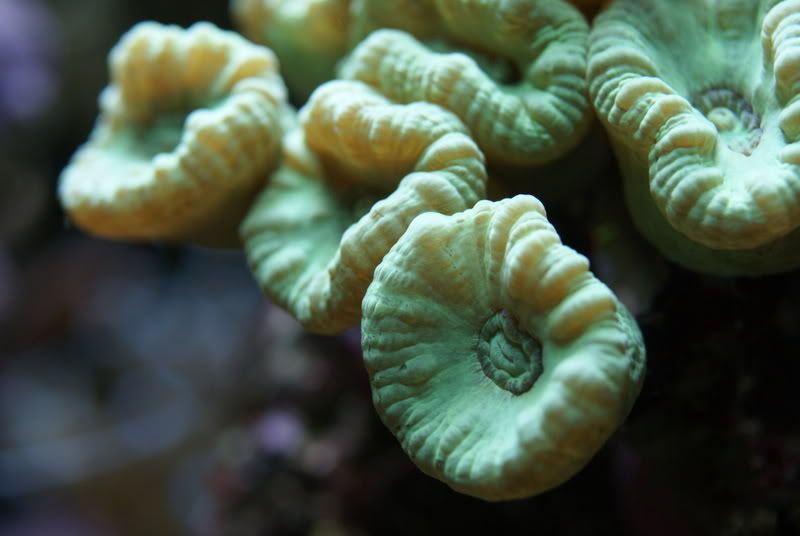
Gele Zeilvindoktersvis - Zebrasoma flavescens
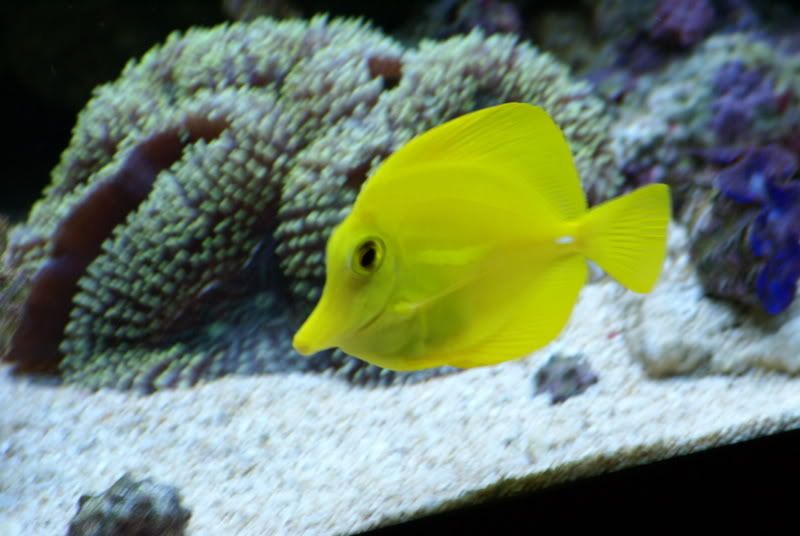
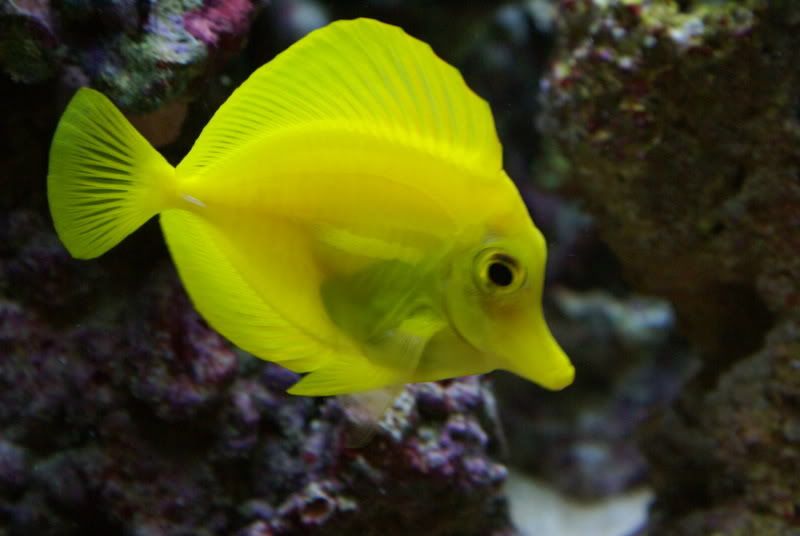
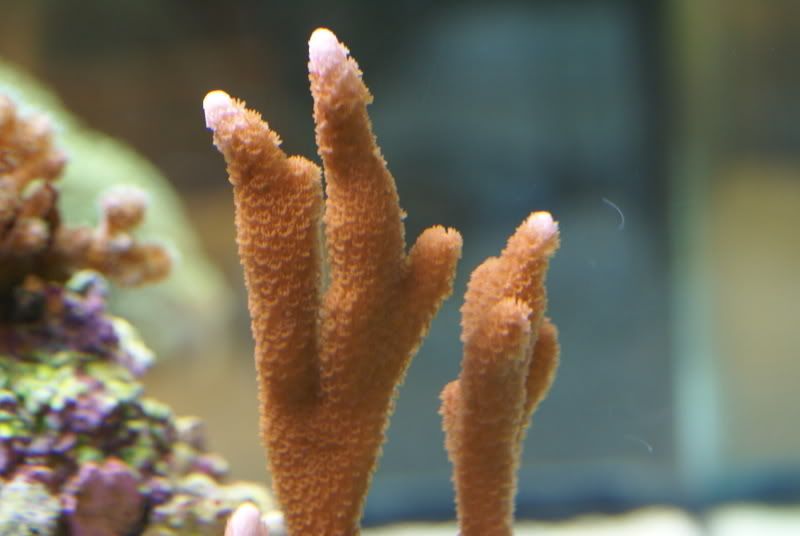
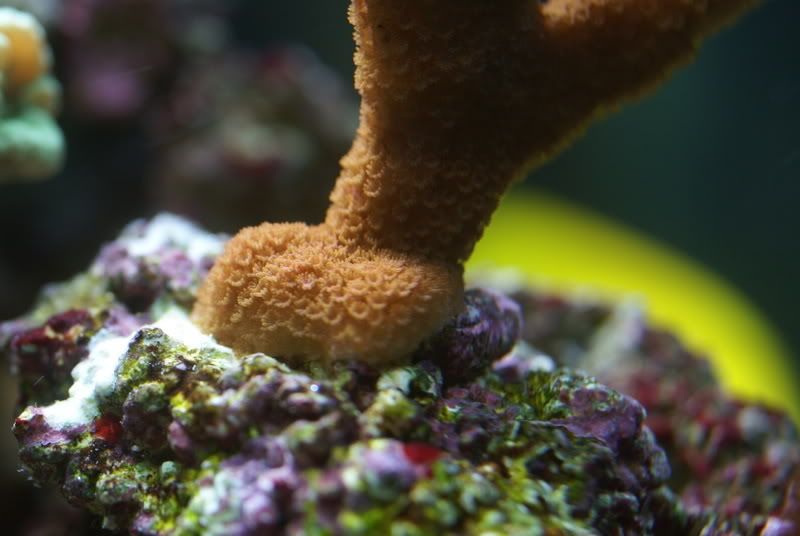
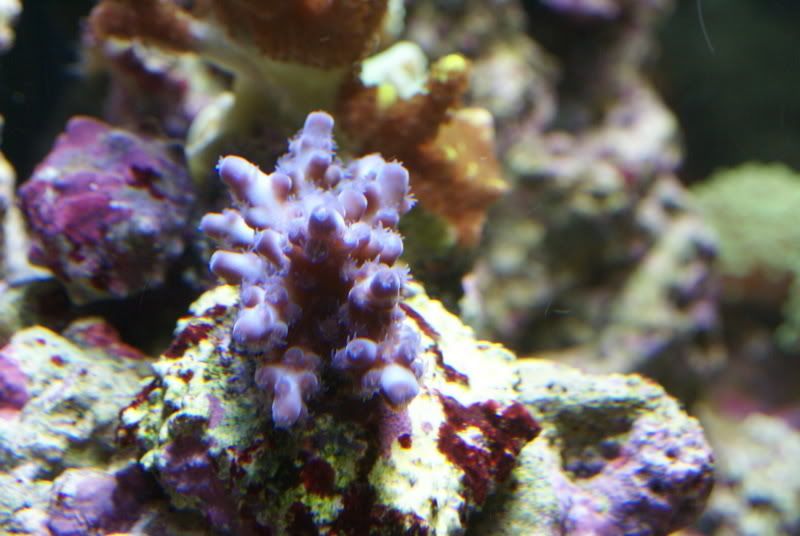
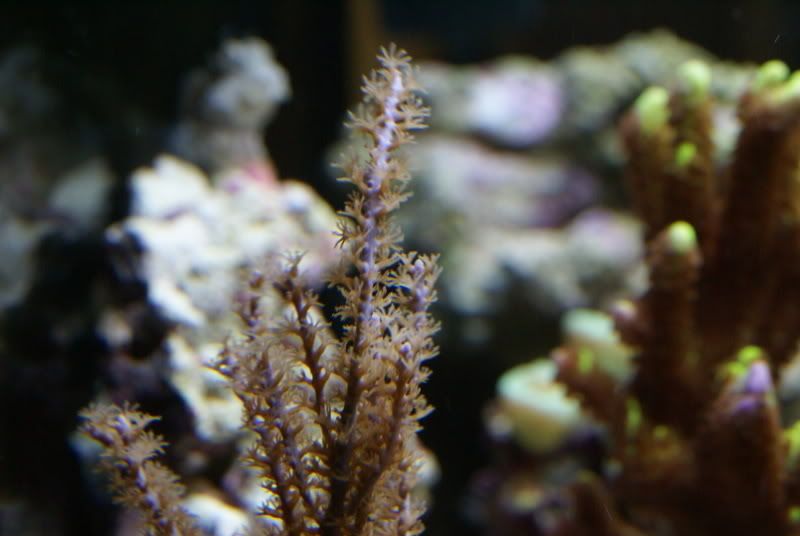
Doopvontschelp - Tridacna
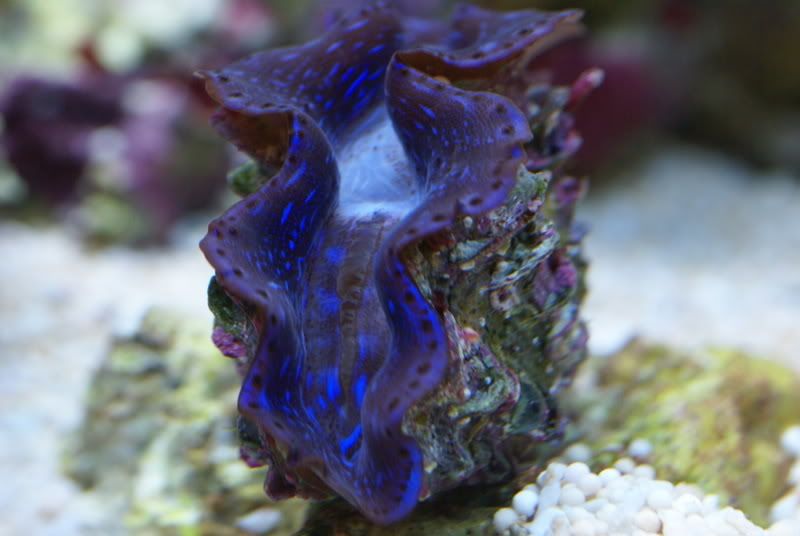
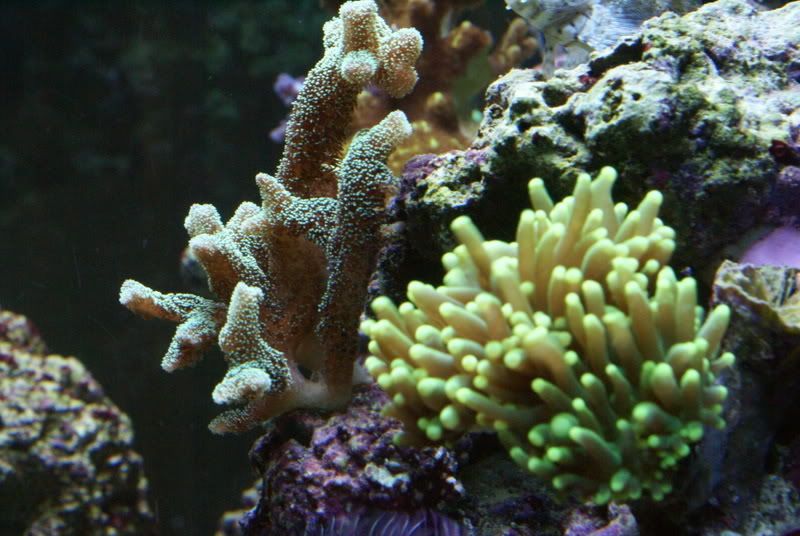
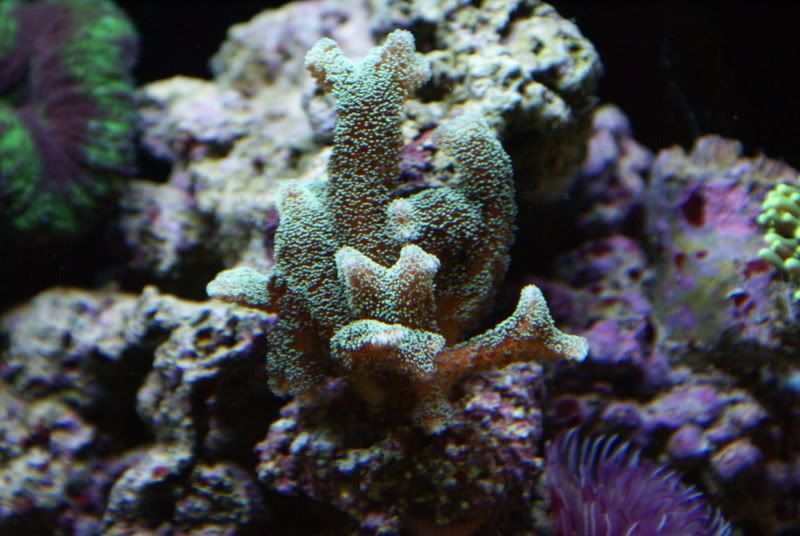
Driebands anemoonvis - Amphiprion ocellaris

Citroenlipvis of Kanarie lipvis - Halichoeres chrysys
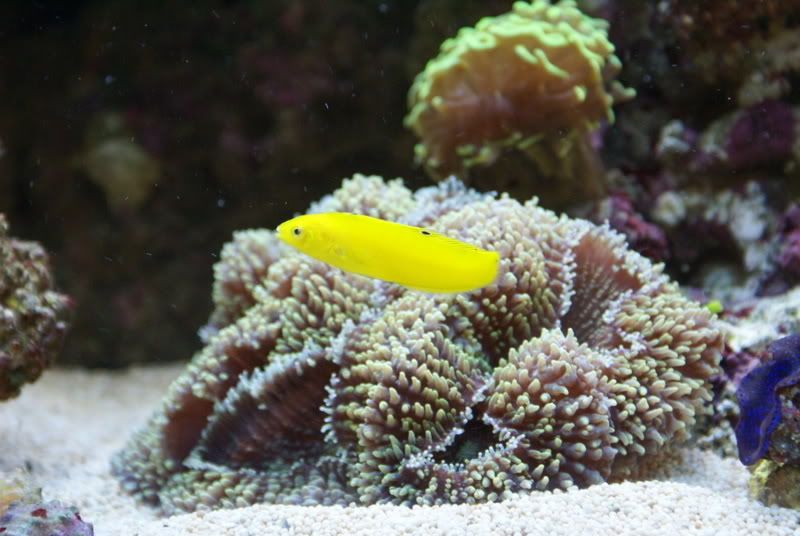
Lobophylia
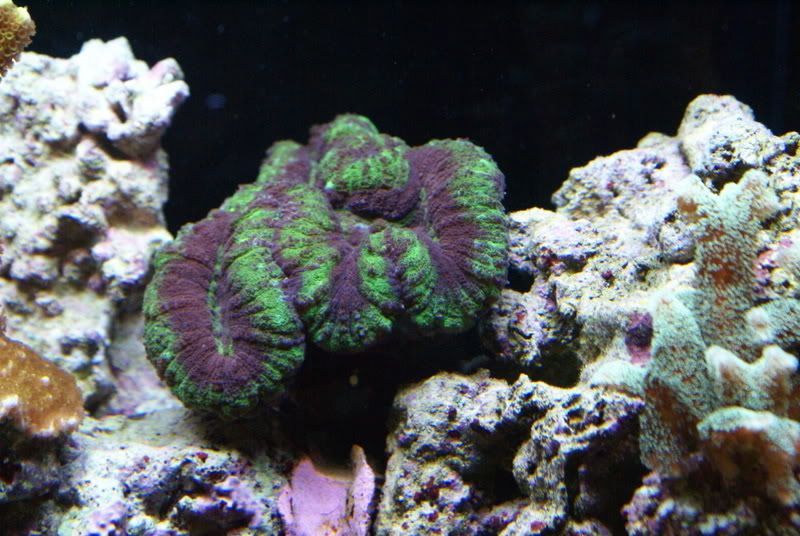
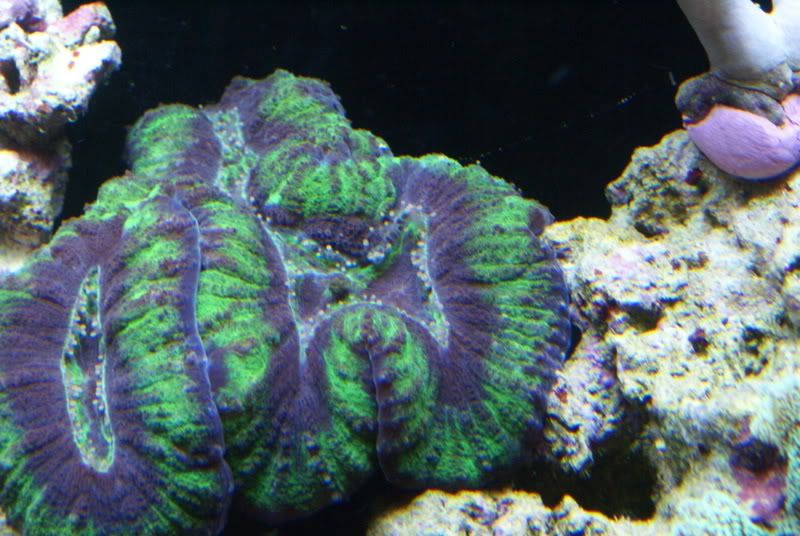
Heliofungia
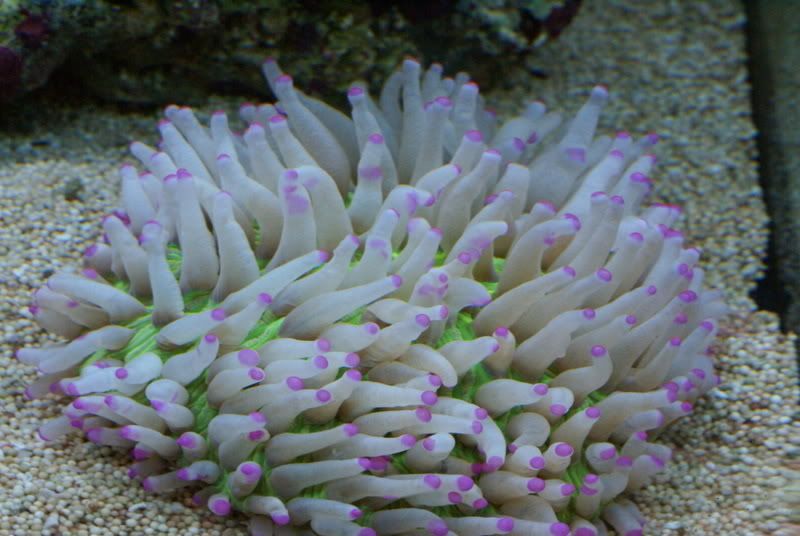
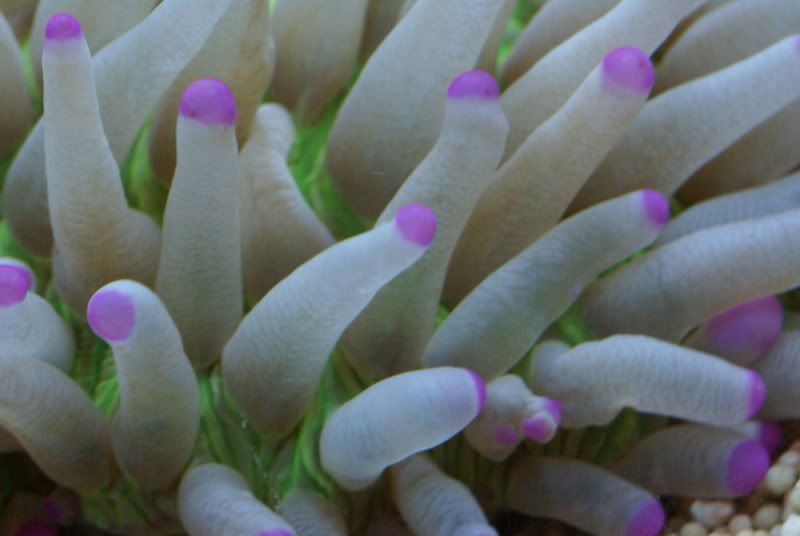
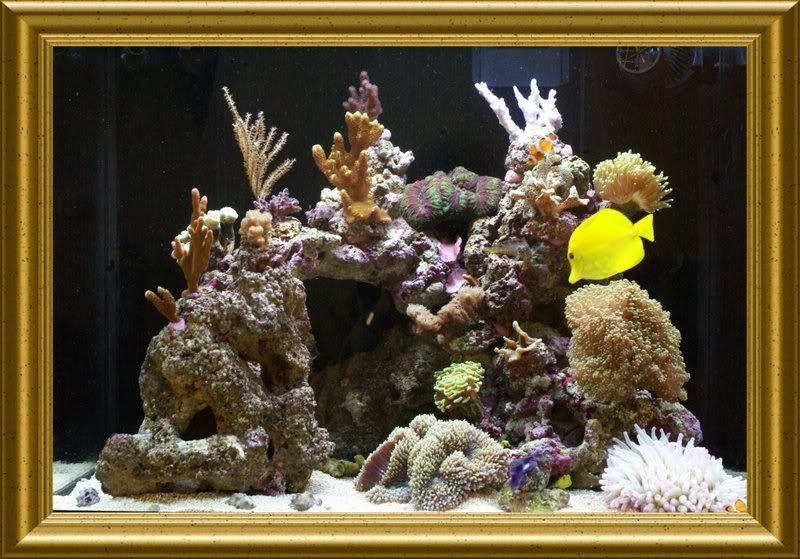
Poetsgarnaal - Lysmata amboinensis
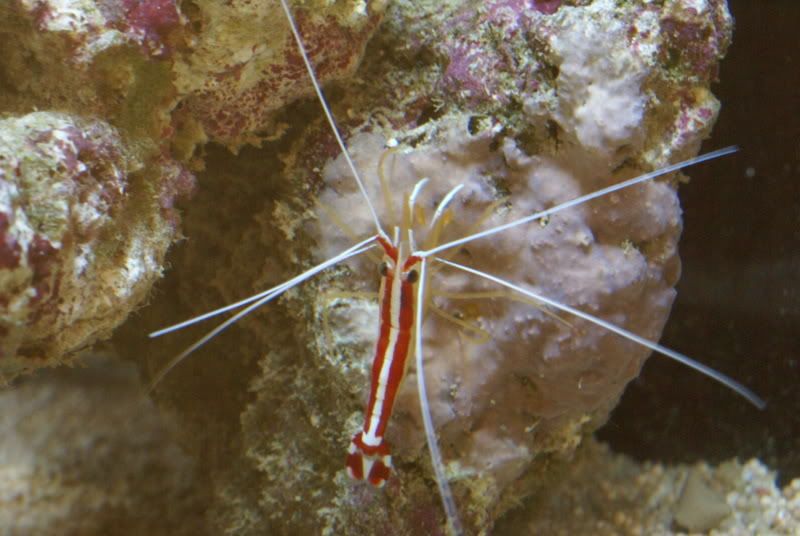

Hier met krab
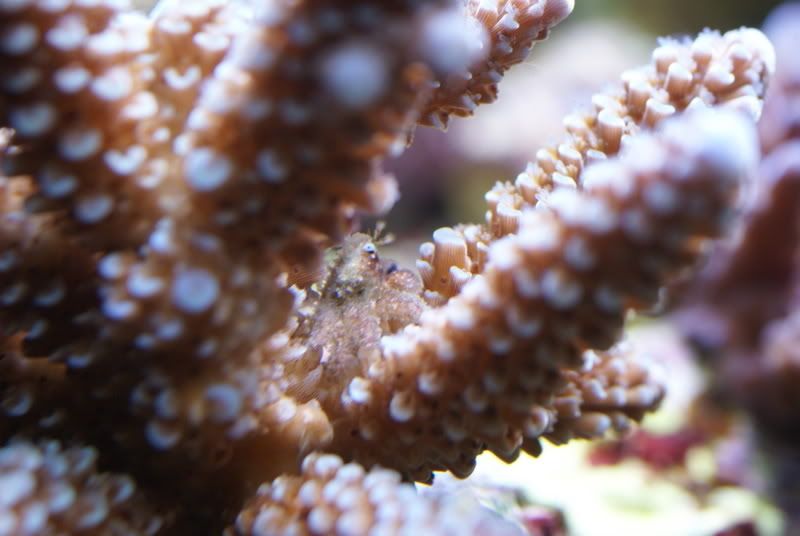
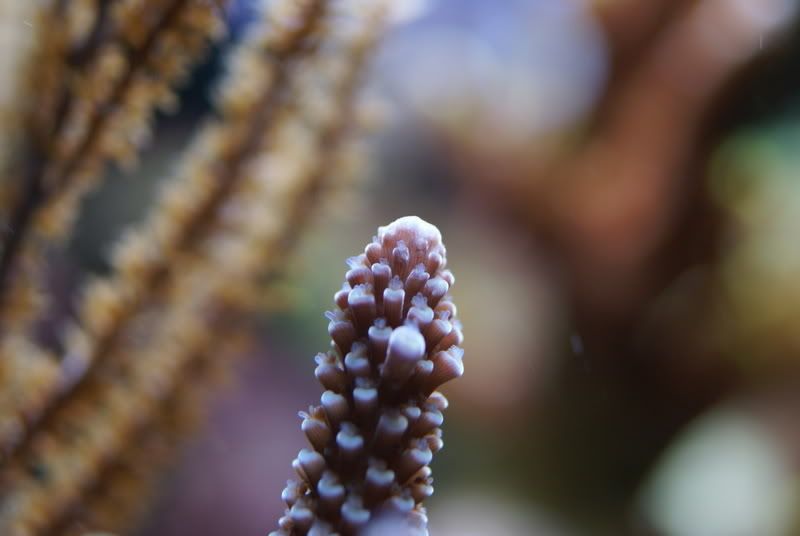
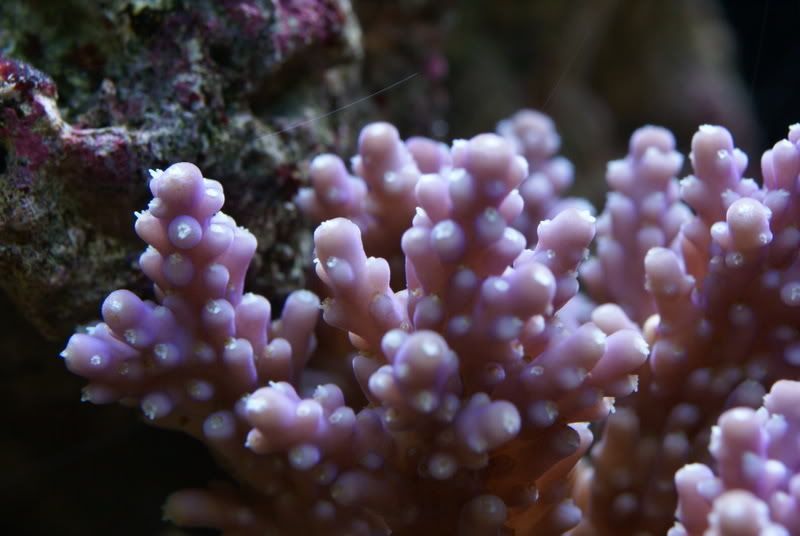
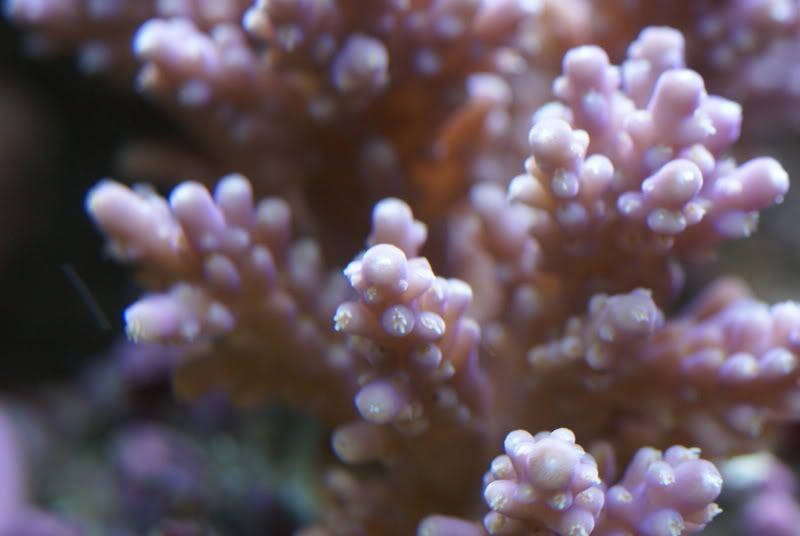
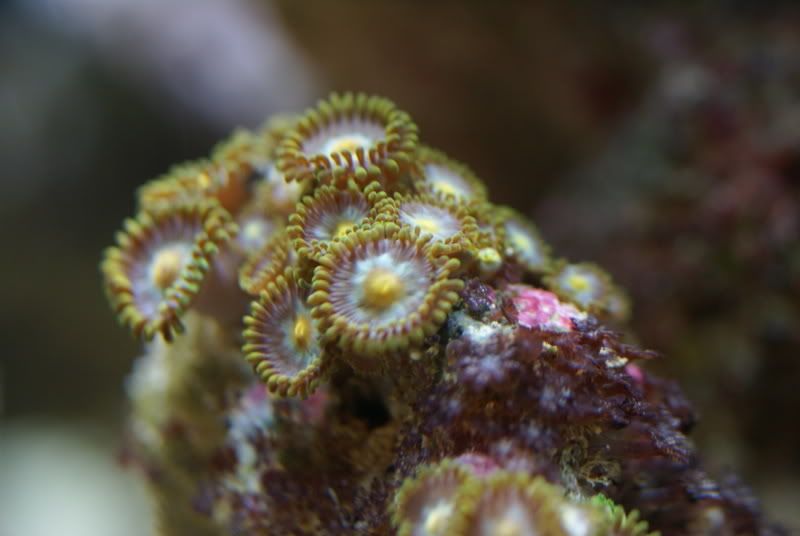
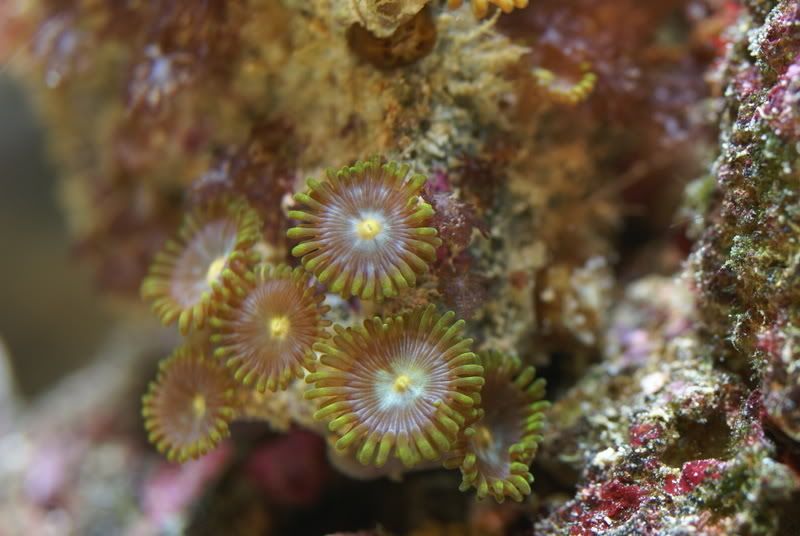
Sterpoliep
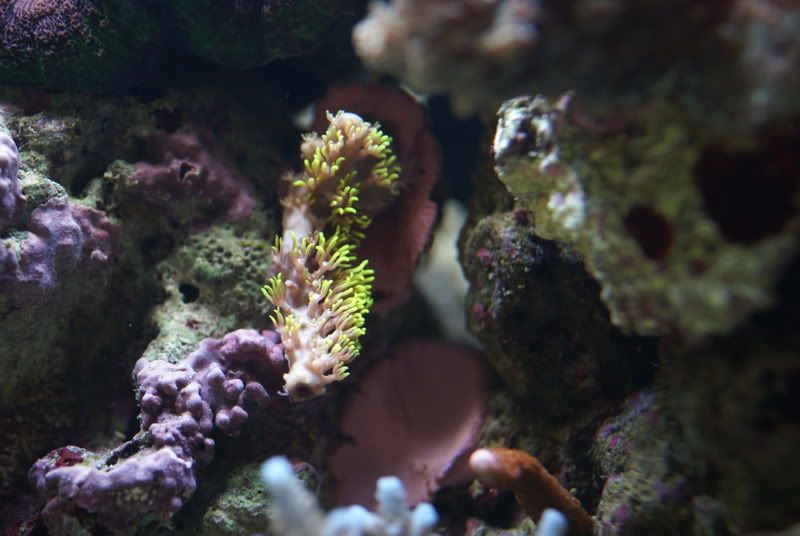
Gele symbiosegrondel - Cryptocentyrus cinctus
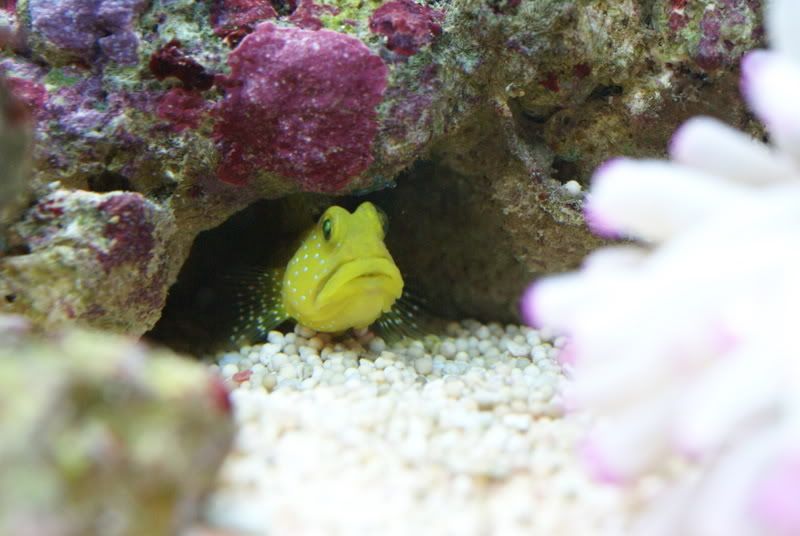
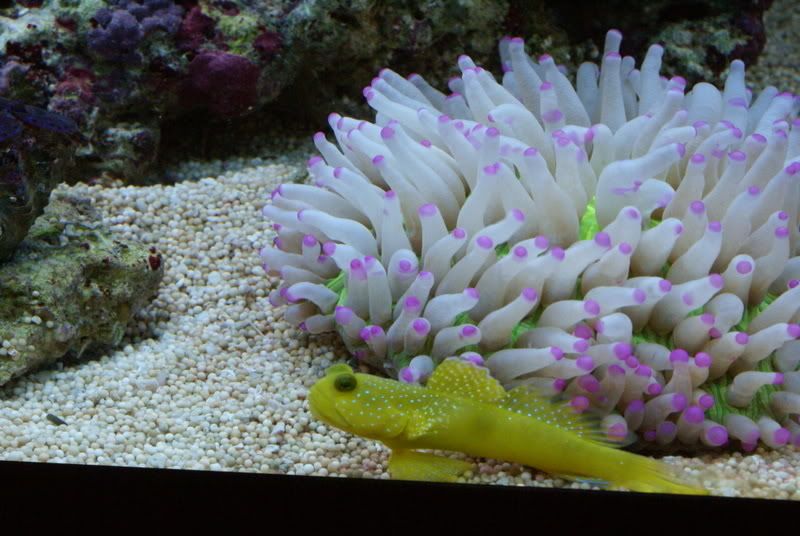
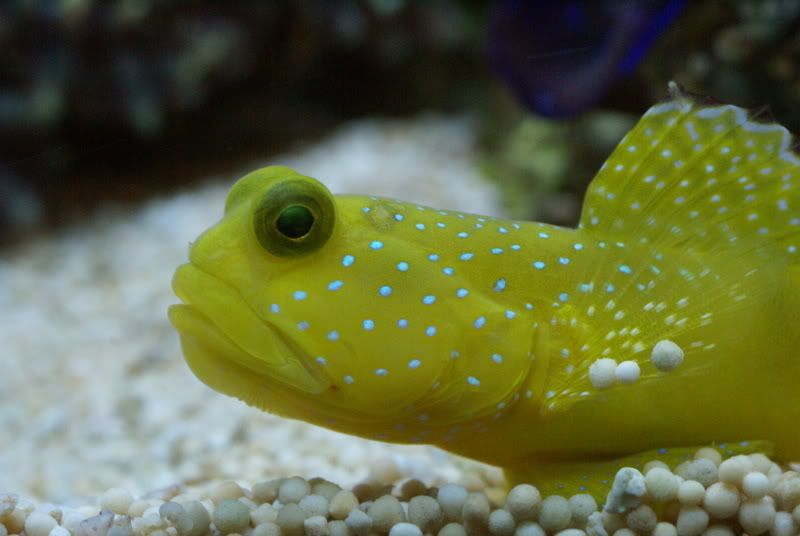
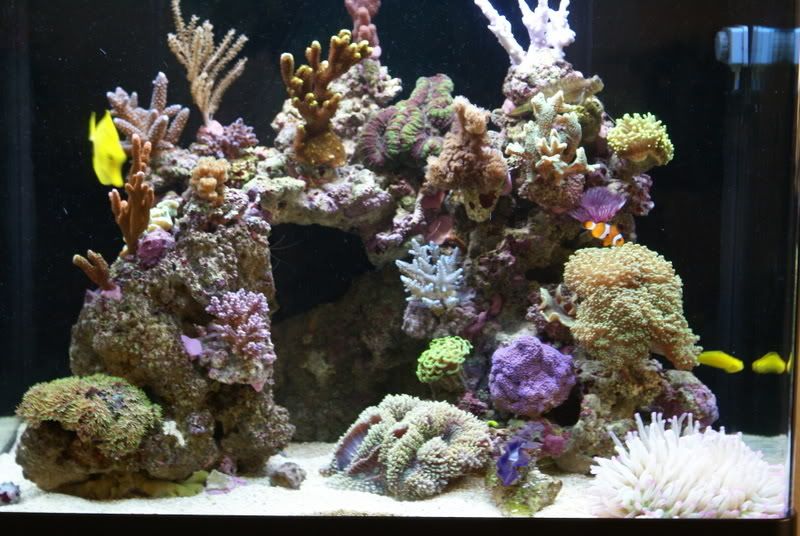
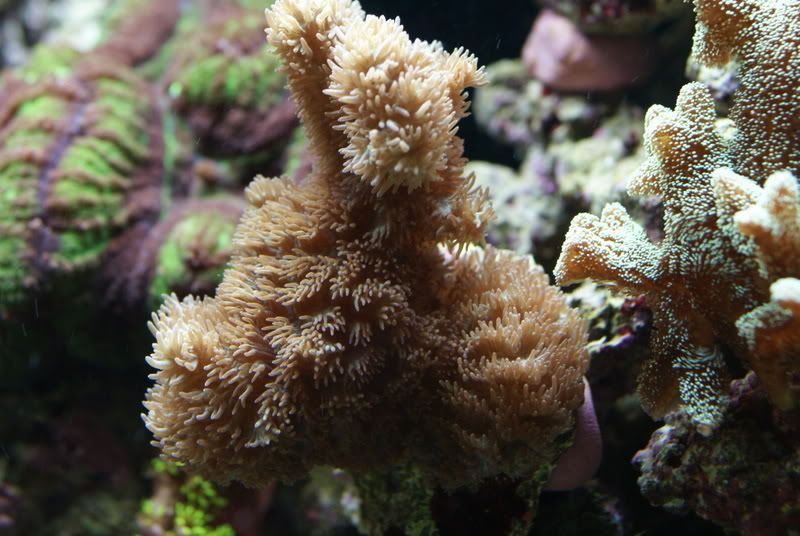
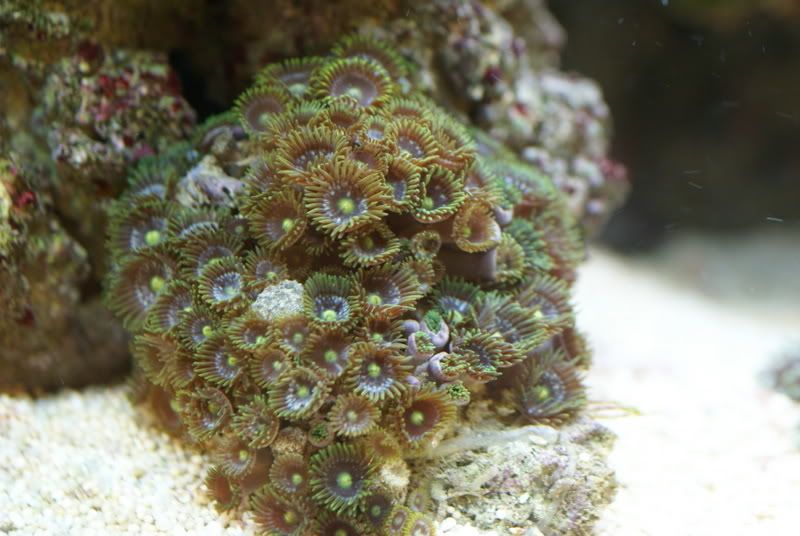
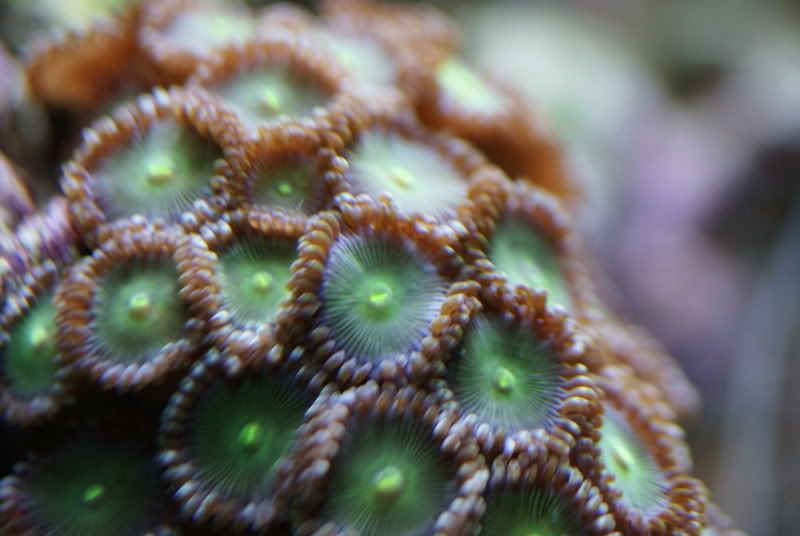
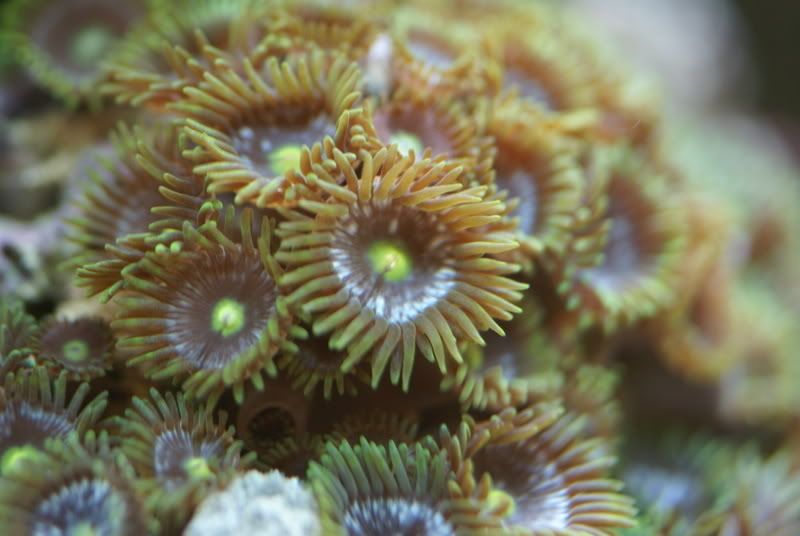
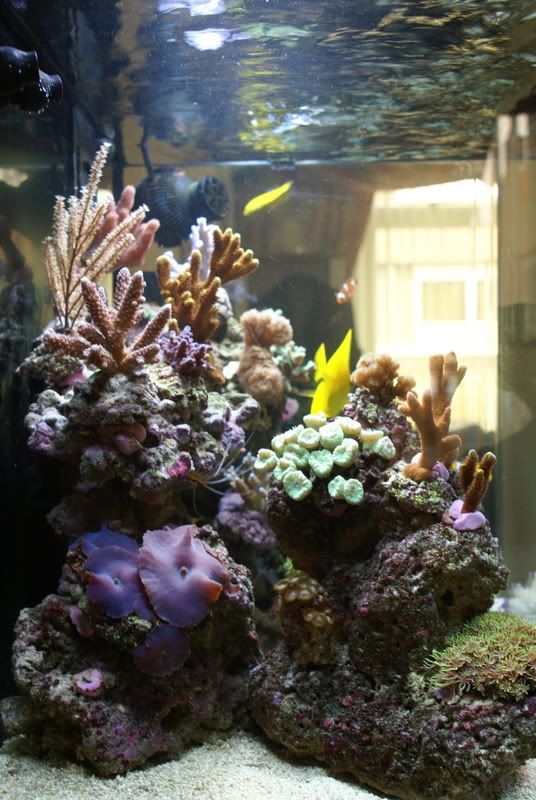
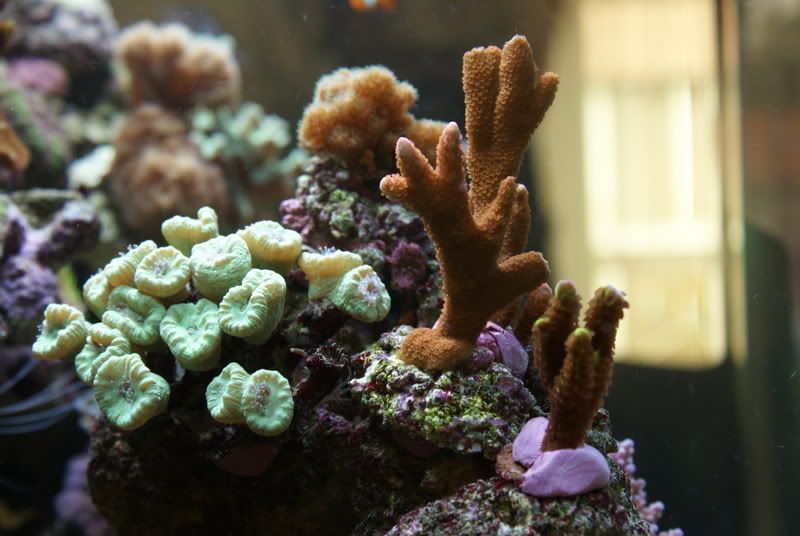
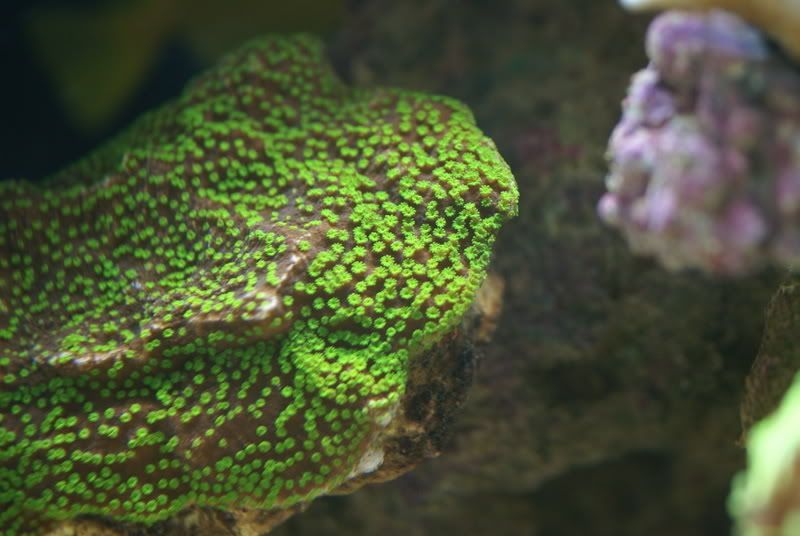

Hier nog een paar overzichtsfoto's 14-11-07
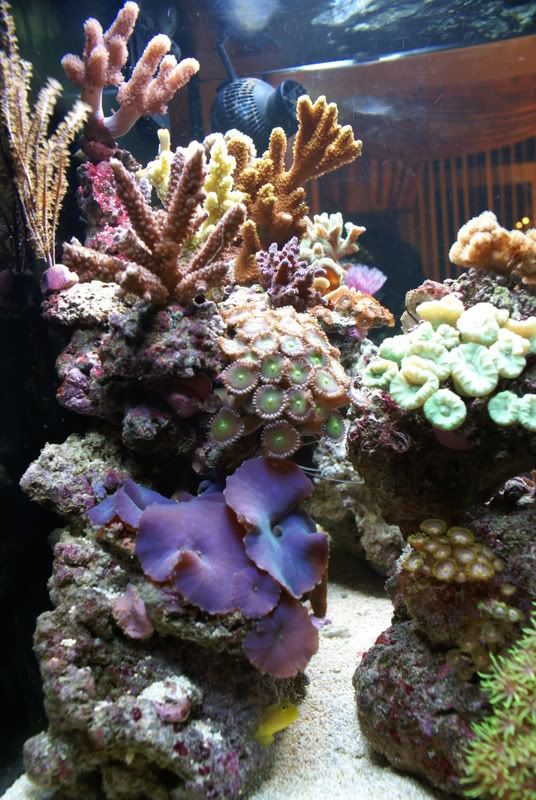
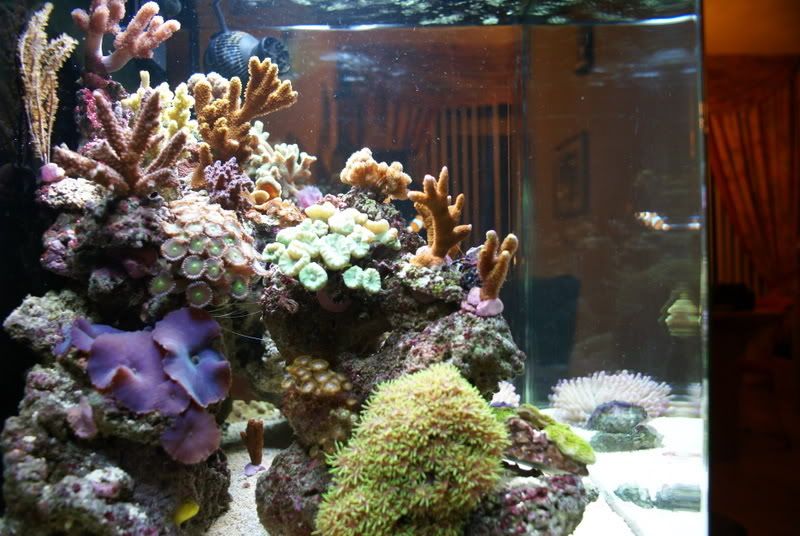
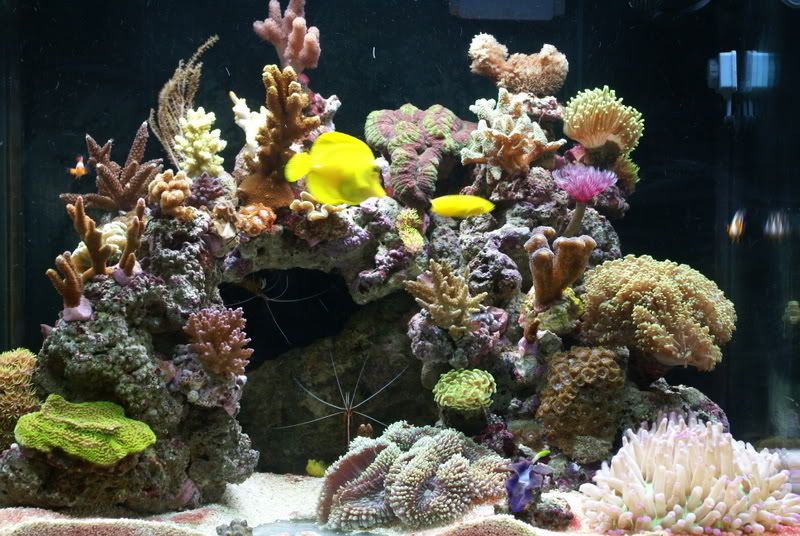

The latest pictures, 12-09-08
1-10-2008
Since a few month we have also again Hymenocera elegans (Harlekijngarnaal)
A macrofoto from an Euphyllia paradivisa (Druifjeskoraal)
Roze Hystrix Tridacna
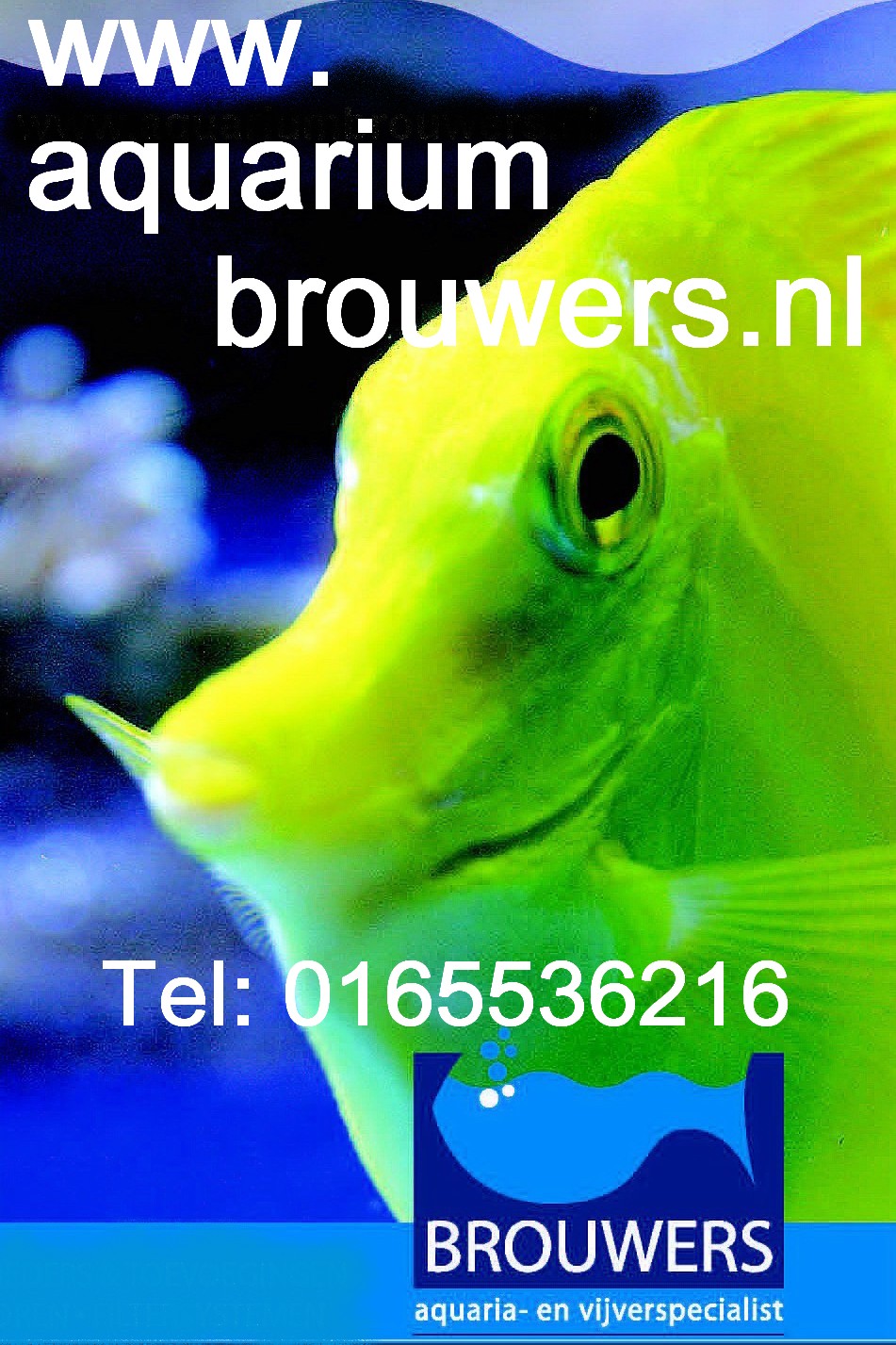
* * * * * * * *